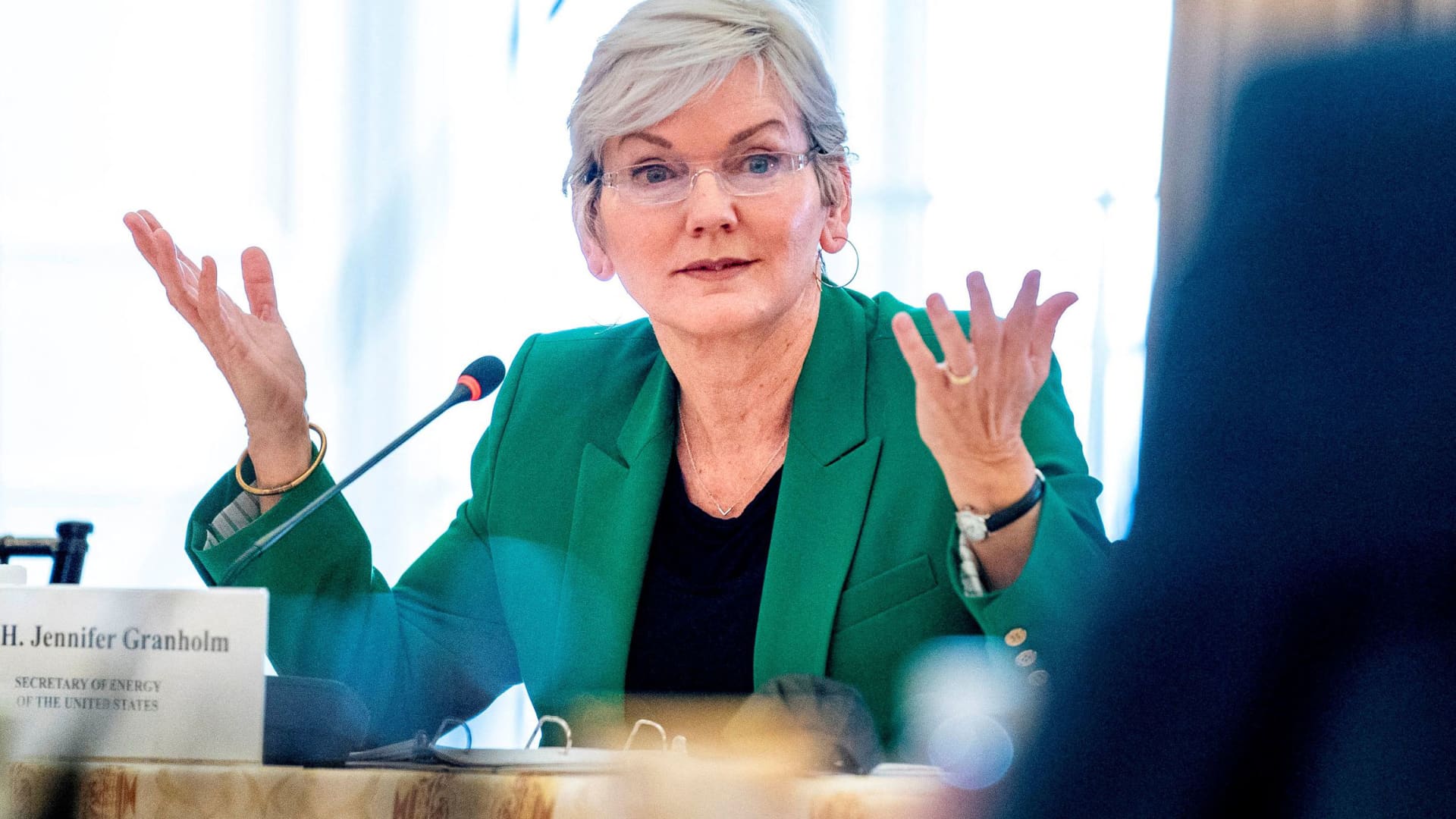Products You May Like
The Biden administration on Wednesday announced new plans to spend $3.16 billion to retrofit hundreds of thousands of homes in low incomes areas, with the goal of making them more energy-efficient while also lowering utility bills for Americans.
The investment comes from President Biden’s $1.2 trillion bipartisan infrastructure bill that was signed into law last year. It will bolster the federal government’s Weatherization Assistance Program, which is designed to upgrade homes by installing insulation, updating heating and cooling systems and switching to new electrical appliances, among other things.
White House officials, during a press briefing on Wednesday, said the new funding will allow the program to retrofit about 450,000 homes, a major increase from the roughly 38,000 homes it currently serves each year.
“Home energy retrofits and upgrades – like electrification, heat pumps, LED lighting, insulation, and sealing up leaks – can slash monthly energy bills for families and improve the air we breathe,” Secretary of Energy Jennifer Granholm said in a statement.
“We will be able to help households in disadvantaged communities, reduce carbon emissions, and generate good-paying local jobs in every corner of America,” Granholm said.
Electricity production from businesses and homes represents about 13% of the country’s climate-changing greenhouse gas emissions, according to estimates from the Environmental Protection Agency.
The funding will move forward Biden’s pledge to slash emissions in half by 2030 and reach net-zero emissions by mid-century. The program also implements the administration’s Justice40 commitment, which requires federal agencies to deliver at least 40% of benefits from specific funding to disadvantaged communities.
The weatherization program began in the 1970s as an effort to slash utility bills and has delivered an average of $372 in annual energy savings for families, according to the Energy Department.
